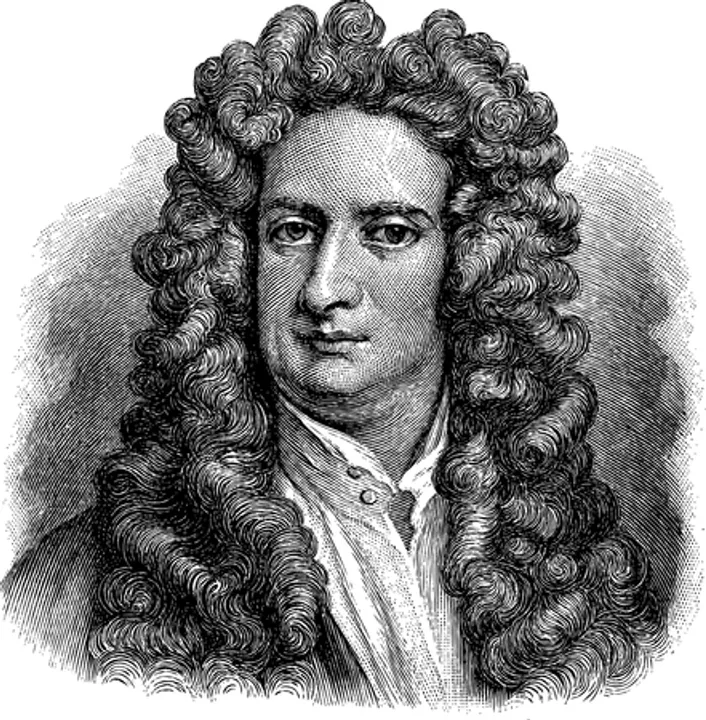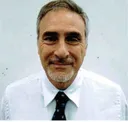Today’s Career Choices in Medicine: Chaotic Systems

alphaspirit/123RF.com
What do you want to be when you grow up?
Almost no one ends up being the type of doctor he or she was at the beginning. Private practice physicians end up as hospitalists, soloists end up in large groups, and sole proprietors end up in academics. Along the way, sidesteps can make the linear paths seem like Spirographs. Are there really that many mistakes made at the start?
That’s unfair. Truth be told, it’s not that inaugural mistakes doom a new doctor to career-saving life changes that need to be made later, but that life-changes make doctors change their careers. The physician’s career is what is known as a chaotic system, tweaked along the way with randomness, feedback loops, and thousands of external forces that affect the recurring career mechanism. Their careers are non-linear systems affected by the physics of external forces. In other words, it’s naive to think a doctor’s life is a linear system; doctors end up being different kinds of doctors via the paths of least resistance.
Enter Sir Isaac Newton.

zlajo/123RF.com
A career is life in motion, so it is not a stretch to apply Newton’s three laws of motion. All physicians took a course in physics at some point, so the elegance of physical laws will translate well in discussing their career choices. We all start out in a certain position, but without crystal balls, we suffer the unpredictable slings and arrows of external forces, such as regulatory interference, marriage, children, divorce, competition, the bottom line, reputation challenges, etc. As it turns out, Newton’s three laws governing motion apply very adroitly to a physician’s practice—past, present, and future.
Newton’s First Law of Motion.
“Every object in a state of uniform motion tends to remain in that state of motion unless an external force is applied to it.”
Objects in motion will tend to stay on a trajectory unless something interferes with it. So Dr. “Newbie,” all bright, shiny, and new—fresh out of residency—begins a course of motion, be it private practice, academics, community based, or even the “big-box” store multispecialty group. Left alone, with no “external forces,” he or she is likely to continue on, unwavering, until something changes. Even if there are no external forces per se, there are internal forces that affect the trajectory and therefore should be considered external forces according to Newton’s physics: family demands, boredom, ability, disability, and burnout.
Newton’s Second Law of Motion.
“F = M x A: Acceleration is produced when a force acts on a mass.”
Force equals mass times acceleration. The sophomore physician, now established along a certain trajectory, begins to see acceleration and deceleration due to external forces like government regulations, board certification requirements, local expectations, and insurance contractual constraints; these all represent fixed points around which a doctor must dance. This doctor is now experiencing what Newton called “angular momentum,” that is, a subcategory of motion around a fixed point. As such, nuances in a career trajectory begin to effect what began as an idealistic vocation. Eddies and wave interference begin to materialize. The original formula churns away, but it becomes chaotic.
Newton’s Third Law of Motion.

Brian Jackson/123RF.com
“For every force, there is a reaction force that is equal in size, but opposite in direction.”
At what point does a physician push back against external forces? It will happen and it happens to everyone, because while a doctor is moving smoothly along his or her career track, the external forces keep changing. They will never remain unchanged from what they were at the start. In fact, they change faster than a physician can oppose them. If he goes along with these changes, his career tract becomes the career tract of the external force. (Going along with the reduced compensation of an HMO, for instance, means joining that HMO on its career track.) If she opposes the changes, she will find she is not an immovable object to this irresistible force—she will have to get out of the way. Hence, the ultimate mantra of Newton’s three laws of physician motion is: follow or get out of the way.
Some like the follow strategy. After all, is it really so bad that all the overhead is paid by the large group? That employees calling in sick is not the doctor’s responsibility? That the only time he or she must deal with money is when depositing a paycheck? At what point is the boss all bossed out?
Some find it necessary to get out of the way. Survival—professional fulfillment, self-esteem—dictates self-rescue such that these external forces are no longer in play. The good news is that one can do this — the infrastructure is there to bounce successfully another way; the bad news is that there will always be new external forces to replace the previous ones.
Newton’s not finished!
Then there are the laws of thermodynamics. For the physician, this means that energy cannot be destroyed, only converted into equal amounts of ambition. Everyone wants to do well, and a physician leaving one chaotic system will enter the next healthcare system with the same energy that drove him or her out of the last one. Now a new angular momentum arises from the new slings and arrows. Same chaotic system, different day. The wise physician is one who will realize that things will not always be better elsewhere, just different — different external forces. Again, follow or get out of the way.
M & M’s.

Anna Velichko/123RF.com
Again and again, as things continually change, physicians will jump career paths. In today’s world, Moore’s Law meets Murphy’s Law, and the more that’s heaped upon doctors with technology, EHR, and regulations, the more can go wrong in the interface between their professional and personal lives. The dividing line between time spent on bureaucracy vs. practicing medicine can reach a point of unhappiness; the dividing line between time spent with career vs. family can also reach this point. Thermodynamics applies, and the unhappy physician will change to a different way of living, both professionally and personally.
Live to work or work to live--sooner or later it will come down to this.
This isn’t Newton speaking; this is your family speaking—the hearth and the lives of your loved ones. Living to work is based on blind ambition or debt service; working to live is based on the important things in life. Is it possible to please your work and your life?
Yes. It takes flexibility. As things change—those external forces—the physician must change. Also, what didn’t work at the beginning may work perfectly later on; what worked so well early on may be a living hell after years of practice. Moving on to something different isn’t failure, just survival—with a foundation of happiness thrown in. That makes it right.
Related Posts
